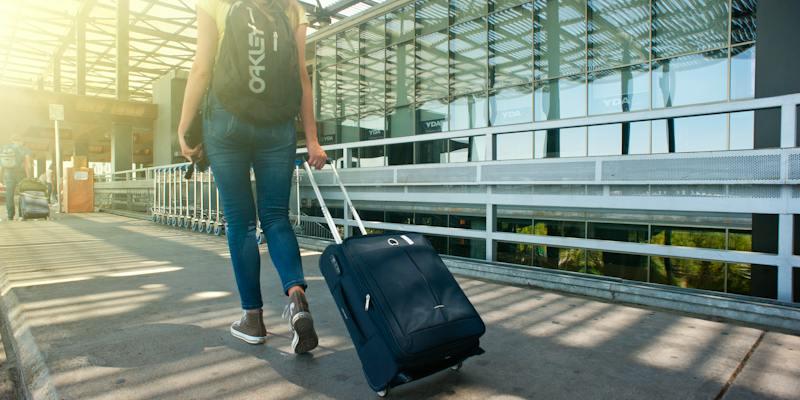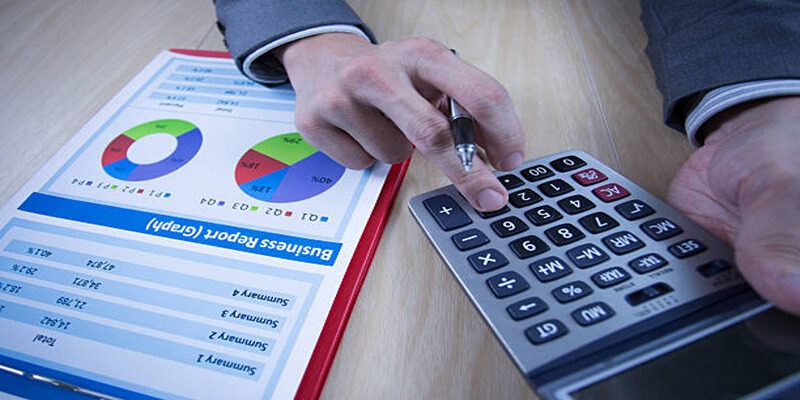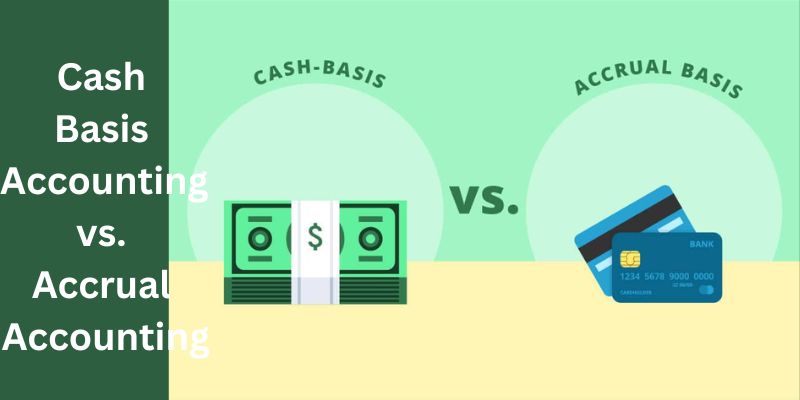Choosing to check a suitcase versus a carry-on bag when traveling includes various factors. Easy flight access is provided by smaller carry-on baggage that fits in the overhead compartment. In contrast, checked luggage is given to the airline at the airport, stowed in the plane's cargo hold, and only accessible upon arrival. Carry-ons let tourists avoid baggage claims and reach their destination after arriving. Additionally, they prevent missing luggage. However, space restrictions might make packing for longer journeys or many travelers difficult.
However, checked luggage may carry bulkier things and save people from carrying them through the airport. They come with baggage claim delays and the risk of airline maltreatment. Understanding the trade-offs between carry-on and checked luggage helps you choose for an easier trip.
Carry-on Bag

Carry-on bags go in the overhead compartment on airplanes. Rolling suitcases, duffel bags, and big backpacks are carry-on luggage. Airlines disclose maximum carry-on luggage dimensions. American Airlines limits carry-on bags to 22 by 14 by 9 inches, including handles and wheels. You must check if the carry-on doesn't fit the airport sizer.
What is Allowed in a Carry-on Bag?
It is important to know your carry-on's size and what you can and cannot bring in it since it's in the flight cabin. Airlines list prohibited carry-on bag items on their websites. Examples include firearms, scissors with a cutting edge beyond 4 inches, and tools. Traveling with these products requires checked baggage.
The TSA requires that your carry-on items meet their standards. These rules may be harsher than airline ones. To verify compliance, the TSA will inspect your belongings during airport security. When packing, visit the TSA website for a complete carry-on bag vs. checked luggage goods list.
Are Carry-on bags Free?
Many airlines allow customers to bring a carry-on and personal item for free, but others charge. Recently, numerous budget airlines have charged travelers for extra services, including carry-on baggage. Allegiant Air allows a small personal item for free but charges for carry-on luggage beyond specific dimensions. Depending on suitcase size and online or airport payment, costs range from $10 to $75. If the traveler brings a non-compliant carry-on without payment, the airline may require them to check it at the gate, incurring extra expenses.
JetBlue's base rates may allow only one personal item, with carry-ons charged extra. Blue Basic tickets require exceptions for carry-ons. Gate-checking a carry-on can cost $65 for the first two bags and $180 for the third. Travelers must read their airline's luggage regulations to prevent surprises and fines. Read the tiny print and grasp the carry-on size and weight restrictions to plan and budget for a smoother, more cost-effective trip.
Checked Bag
At airport check-in, customers hand up their checked bags to airline staff. The airplane's cargo compartment transports checked baggage, not carry-on bags. This service is used when a bag exceeds carry-on bag size limits or includes safety-prohibited goods. After checking, the airline transports the bag to its destination, and passengers can get it at the baggage claim area.
Checked Bag Dimensions
Airlines regulate checked luggage dimensions; however, they typically allow bigger baggage than carry-on bags. Airlines usually allow checked luggage up to 50 pounds and 62 inches in length, breadth, and height. Travelers must follow these rules to avoid fines and guarantee seamless passage.
Some airlines allow 70-pound overweight checked luggage. Additional costs may apply unless travelers are flying in business or first class or have elite airline status. United Airlines lets business class, first class, Polaris, and elite members in any cabin check luggage up to 70 pounds for free.
While airlines may allow overweight luggage on a case-by-case basis, big bags that exceed stipulated dimensions may incur additional fees and require specific arrangements. Passengers should read their airline's baggage policy to prevent surprises and comply with weight and size limitations when checking bags.
Checked Bag Cost
Checking luggage costs vary by airline, location, and quantity of bags. Southwest Airlines, a major US exception, offers free first two checked baggage.
Except for limited exclusions, most airlines charge on exceeding checked bag weight limit. Airline rules govern fees, which can be affected by destination and luggage count. Checking luggage is sometimes included in premium cabin tickets; thus, these fees may be avoided. Some credit cards give free checked luggage, and elite airline status sometimes includes baggage allowances.
Delta Air Lines charges $30 for the first checked bag and $40 for a second bag under 50 pounds on domestic flights in the main cabin or Delta Comfort Plus. Delta Elite status, active military, and Delta SkyMiles American Express cardholders frequently get at least one free checked bag size and maybe more.
Carry-on Vs. Checked Bag

Choosing between a carry-on and a checked suitcase goes beyond luggage size. This decision involves several elements, each having advantages and downsides. The sort of suitcase you choose for your next journey depends on your vacation, airline baggage prices, wait periods, and luggage handling preferences.
Bypassing the baggage claim with carry-on bags speeds up the airport exit. They are also great for shorter excursions or keeping your items handy. Size restrictions might be a problem for long-term or heavy travelers. Instead of carrying baggage through the airport, checked luggage can hold bulkier things and make travel more comfortable. However, they may cause luggage claim delays and airline mismanagement.
Important Luggage Considerations
Consider your bags and travel strategy to understand the airport effectively. Consider the logistics of carrying a carry-on through the airport. Carrying a bag might make it difficult to navigate the terminal, access airport lounges, and wait for your flight. With carry-on luggage, solo travelers may find restrooms harder to access. Your waiting time can be improved by traveling light. Traveling with only a carry-on saves time at baggage claim. This is ideal for individuals who want to leave the airport quickly or avoid checked luggage.
Tips for safe and comfortable travel:
- Pack efficiently to reduce luggage size and weight. Use travel-sized toiletries and adaptable clothes.
- Choose a bag that fits your travel demands and airline standards. Consider your trip type and length when choosing carry-on or checked luggage.
- Put liquids in a transparent, resealable bag for security inspections, making special screening items easy to find.
- Know airline regulations, including luggage costs and size constraints. Check the criteria of smaller regional planes you fly.




